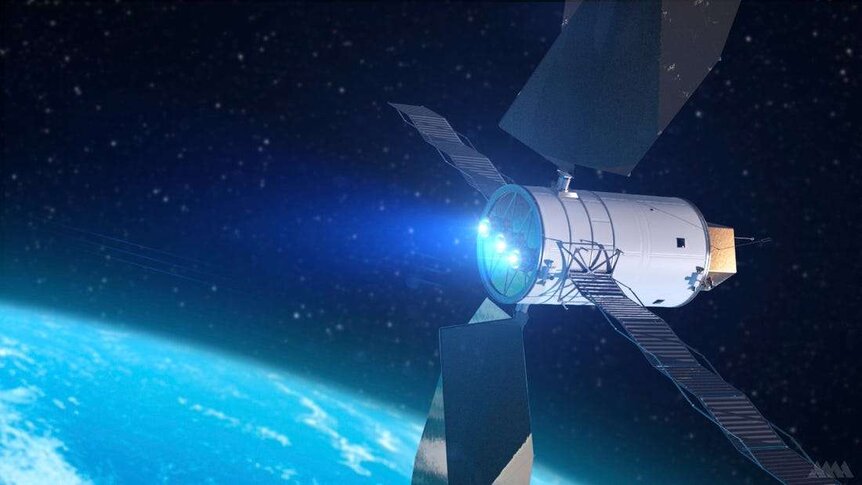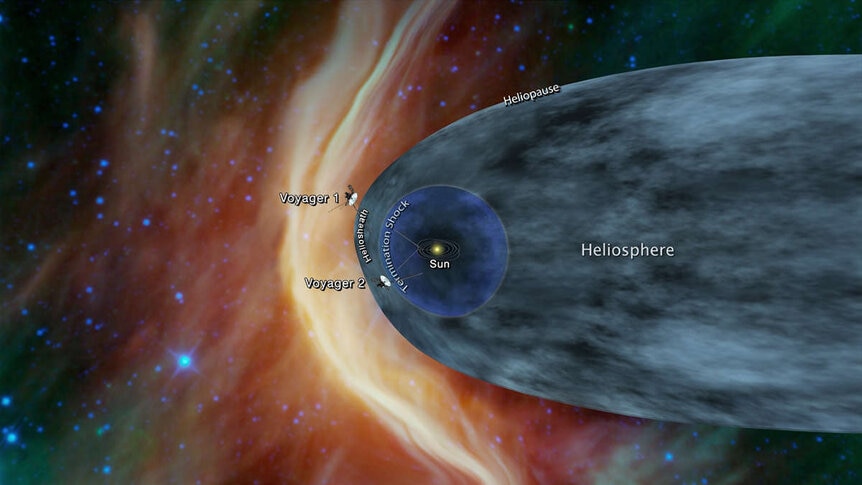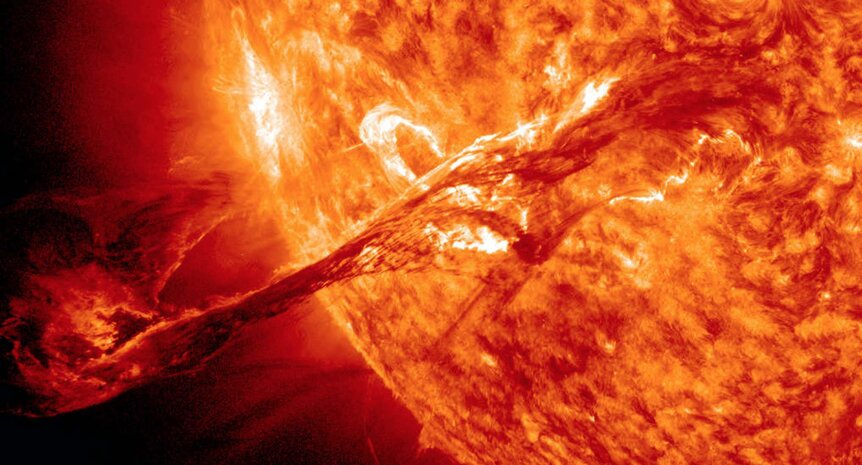Create a free profile to get unlimited access to exclusive videos, sweepstakes, and more!
NASA heats up its new solar simulator for sun-powered interstellar excursions

Tapping into the nuclear fires of the Sun has always been foremost on the minds of astrophysicists as Mankind attempts to venture outside the comfy confines of our solar system someday.
Now rocket scientists at the Johns Hopkins University Applied Physics Laboratory are taking this sci-fi notion into a new dimension by exploring new technology for a solar-powered spacecraft that might be capable of boosting us beyond our cosmic neighborhood and into the void of interstellar space.
By building a "solar simulator" under laboratory conditions using a retrofitted shipping container embedded with thousands of LED lights, the university believes solar propulsion might have a future as a viable means of motion.
“It’s really easy for someone to dismiss the idea and say, ‘On the back of an envelope, it looks great, but if you actually build it, you're never going to get those theoretical numbers,’” Applied Physics Laboratory materials scientist Jason Benkoski told Wired. "What this is showing is that solar thermal propulsion is not just a fantasy.”
The heliopause is the distant border where the Sun’s influence as a heat source diminishes to nothing. It's that theoretical line where the Sun's solar wind is halted by the interstellar medium, where this wind is rendered incapable of pushing back against the stellar winds of surrounding stars. Located some 11 billion miles from Earth, only the spacecrafts Voyager 1 and 2 have ever entered that remote domain and that journey has taken nearly fifty years.
Partnering with scientists at the Applied Physics Laboratory, NASA is searching for other methods to increase probe speeds for missions stepping into that unexplored frontier and they insist it can be accomplished by the year 2030. Currently, the APL team is conceiving of a probe that would travel three times farther than the heliopause, out to a distance of 50 billion miles, in half the time as Voyager.
In a solar propulsion system, instead of burning combustible fuel sources, the spacecraft could blast into the great beyond with a solar thermal engine that absorbs hydrogen from the Sun, heats it to an extreme temperature, then blasts it out a nozzle to produce thrust.
“From a physics standpoint, it’s hard for me to imagine anything that’s going to beat solar thermal propulsion in terms of efficiency,” says Benkoski. “But can you keep it from exploding?”
There's another small catch in that this solar thermal rocket needs to get up close and personal with the Sun to gather the required speed of between 30,000 and 200,000 mph without melting like a snow cone in summertime.
Materials that can hold up against such a furnace and also remain capable of channeling hydrogen are few and far between, but Benkoski believes that 3D printing metal might be the ticket to creating an indestructible heat shield. These next-generation coatings would keep the interstellar probe cool while it was being roasted.
A gravity assisting move called an Oberth maneuver is what's required to use the Sun's intense gravity to slingshot a solar powered spacecraft around our star and multiply the effects of the probe's engines, and that means getting nearer to its thermonuclear fires.
On APL's theoretical mission, the probe would have to endure two-and-a-half hours in temperatures near 4,500 degrees Fahrenheit at one million miles from the Sun as it executes its Oberth maneuver, which is toasty enough to melt the current Parker Solar Probe’s shield.
Benkoski and his team demonstrated the first prototype engine with a channeled tile inside the converted shipping container, blazing with the light of nearly two dozen Suns, and generated thrust using sunlight to heat helium as it filtered through embedded ducts in a protective shield.
While many obstacles remain before actual orbital tests are conducted, it's a major step in advancing the theory.
“I thought I came up with this great idea independently, but people were talking about it in 1956,” notes Benkoski. “Additive manufacturing is a key component of this, and we couldn’t do that 20 years ago. Now I can 3D-print metal in the lab.”

















